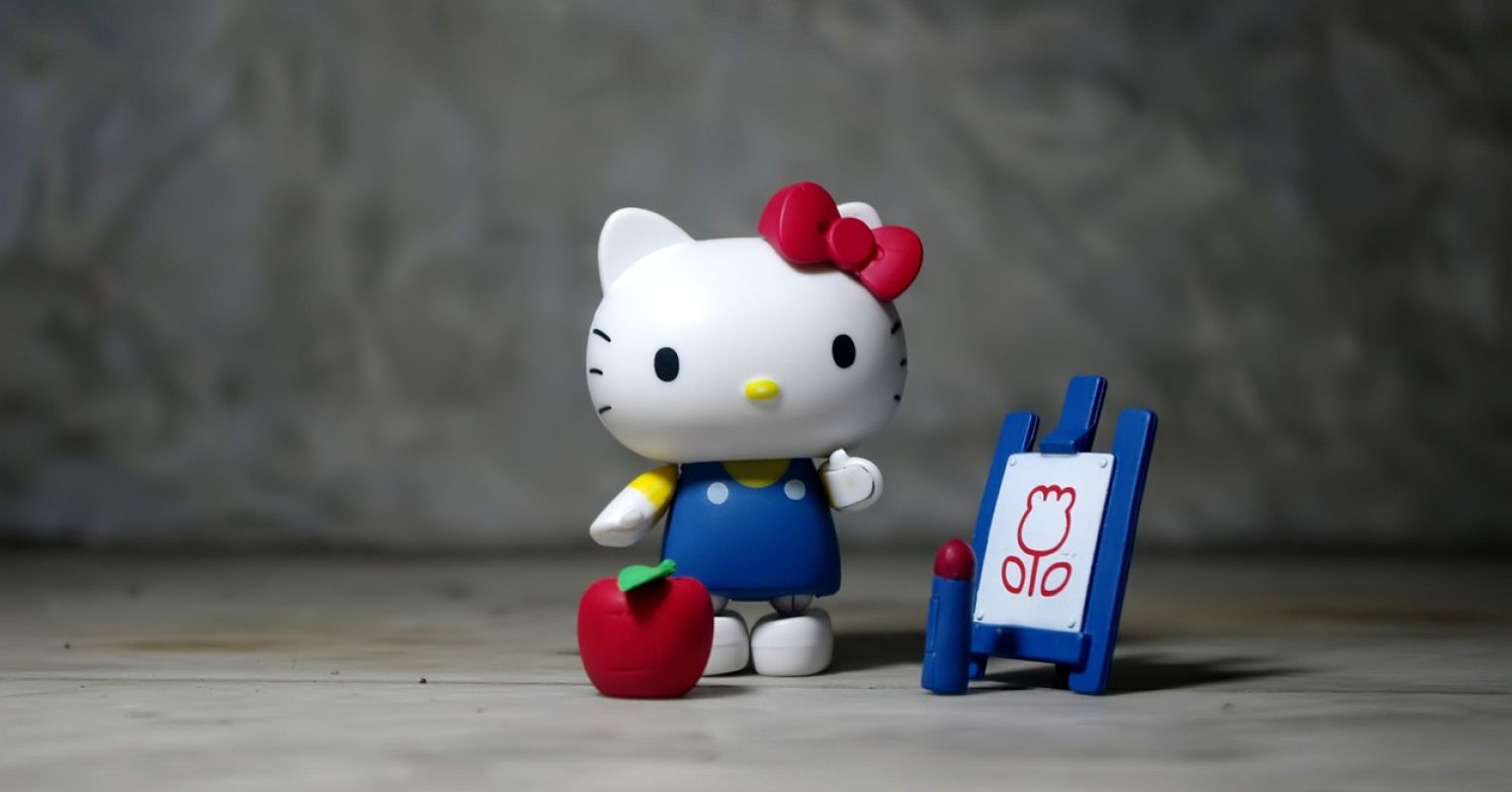
"Cuteness in branding taps into deep nurturing instincts, boosting appeal through empathy and playfulness. It commands attention and influences spending in powerful ways."
"Whimsical design can soften uncomfortable truths, as seen in products like Laughing Cow cheese and Petit Filous yoghurts, which contradict innocence and joy."
"Plant-based brands can harness whimsy to reduce resistance and make alternatives feel safe and fun, appealing to consumers through cuteness and simplicity."
"From toilet paper to video games, cute branding sells by using design elements tied to youth, such as round bodies and soft colors."
Cuteness in branding is increasingly influential, tapping into deep nurturing instincts to enhance product appeal through empathy and playfulness. Whimsical design effectively masks uncomfortable truths, making even ethical dilemmas feel approachable. Brand examples like Hello Kitty and Pokémon show the economic power of cuteness. Two types of cuteness exist: baby schema, which triggers nurturing responses, and whimsical cuts that evoke fun and joy. This duality can be troubling, as cute branding also promotes products that contradict innocent ideals, presenting a complex relationship between design, consumer attraction, and ethics.
Read at Psychology Today
Unable to calculate read time
Collection
[
|
...
]